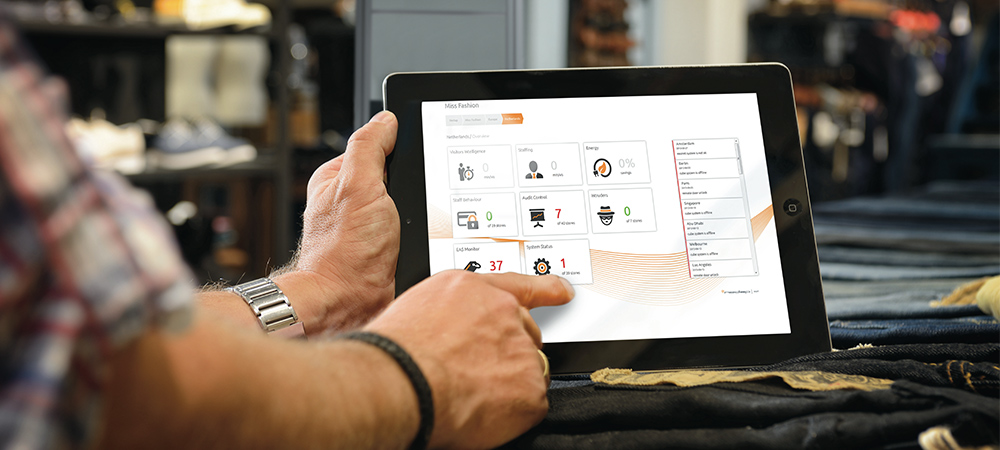7 retail loss prevention myths, busted

Retail loss – it’s one of the biggest issues the sector grapples with when it comes to boosting the industry’s bottom line.
It’s also a topic plagued with myths, including the belief loss prevention is all about reducing shoplifting, that spotting a perpetrator is easy and that theft is a victimless crime.
So, let’s unpack some of the common retail loss misconceptions and look at seven loss prevention myths, busted…
Myth 1 – Retail loss is small
In Australian retail, loss is far from small. The most recent statistics indicate retail loss costs the sector almost 1 per cent of revenue or around $3.37 billion annually.
Some, including the National Retail Association actually note that figure is far higher, with their estimates indicating in total it costs the sector around $9 billion annually.
The majority (57 per cent) of these losses are attributed to customer theft, but the bottom line also takes a hit from internal theft (22 per cent), error (15 per cent), and supplier fraud (6 per cent).
Myth 2 – Shoplifters are easy to spot
There is no set profile of a shoplifter. Thieves come from all demographics, all races and all age groups and they may steal for a multitude of reasons.
For retailers, it’s about identifying the behaviour that may occur before or during a shoplifting event.
According to Crime Prevention NSW, key clues a shoplifter may exhibit include:
• Spending more time watching the cashier or salesperson than actually shopping.
• Wearing bulky, heavy clothing during warm weather or coats when unnecessary.
• Walking with short or unnatural steps, which may indicate that they are concealing stolen items.
• Taking several items into a dressing room and only leaving with one item or none.
• The customer’s eyes are not looking at what their hands are doing; instead they are looking out for staff! So if the eyes don’t match the action…beware.
• Appearing nervous and picking up random items with no interest.
• Frequently entering store and never making a purchase.
Myth 3 – Retail theft is a victimless crime
A common misconception that many people have is that shoplifting is a victimless crime. That’s far from the truth.
In order to cover the cost of retail theft and loss, stores are forced to raise their prices of products. They are also required to engage in greater security and protect their staff from violent offences.
Ultimately, that means shoplifting and loss has an impact on every single customer, with the most recent Global Retail Theft Barometer estimating Australian households spend an additional $424 each year to cover that cost.
Myth 4 – One loss prevention strategy suits all

For retailers looking to develop or improve their loss prevention strategy, it’s important to appreciate one size does not fit all. What works for one retailer may not for another store in a different location or vertical.
To ensure your store develops a loss prevention strategy that caters to your individual situation, store management should first have a good awareness of items that are likely to be targeted for theft along with weaknesses in their security that allow that to happen.
That involves analysing past and current loss trends to identify when and where loss is occurring. Only then can you develop and implement an effective loss prevention strategy.
Myth 5 – You can set and forget your LP strategy
Just as one size does not fit all when it comes to loss prevention, a retailer cannot simply set their loss prevention strategy and forget it.
With the internet at their fingertips, shoplifters and even staff find new and more inventive ways to pilfer products each year. Meanwhile, theft prevention technology also evolves, with new tools available to combat retail loss.
In short, the strategies you implement to prevent shoplifting, staff theft, fraud and general loss require regular revisiting.
Myth 6 – A single strategy will suffice

Featured product: Crosspoint Retail Analytics
Reducing retail loss requires a multipronged and layered approach, with each layer reducing the opportunity for a theft or mistake to occur.
That means it includes:
• Staff education
• Good hiring practices
• Suitable store layout
• Protection at store level (such as CCTV or in-store security)
• Protection at product level (such as electronic article surveillance, security tags, security labels, stop locks or lockable displays)
• Analytics to monitor sales and stock
• Best practice inventory management
• And more…
Myth 7 – All security tags are equal
When it comes to protecting products against theft, electronic article surveillance including the use of security tags and labels remains one of the most popular and effective tools available.
That said, not all security tags are created equal and the technology continues to evolve.
Tags come in different sizes, shapes and magnetic strengths, with each impacting their ability to thwart a theft.
You can see our guide to selecting the right security tags here and security labels here as part of an EAS loss prevention strategy that can reduce theft by up to 80 per cent.